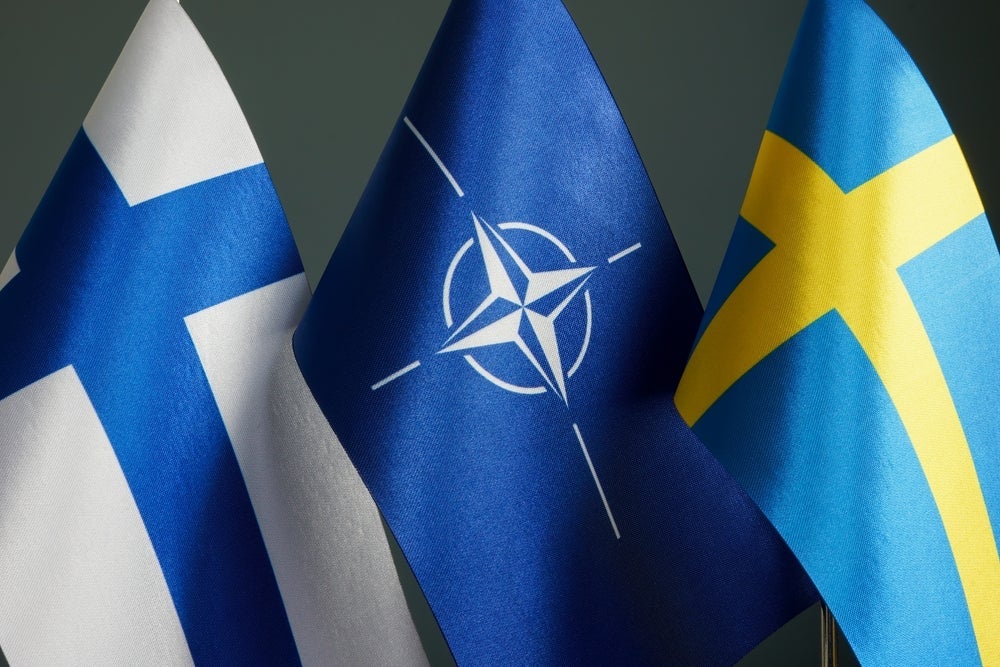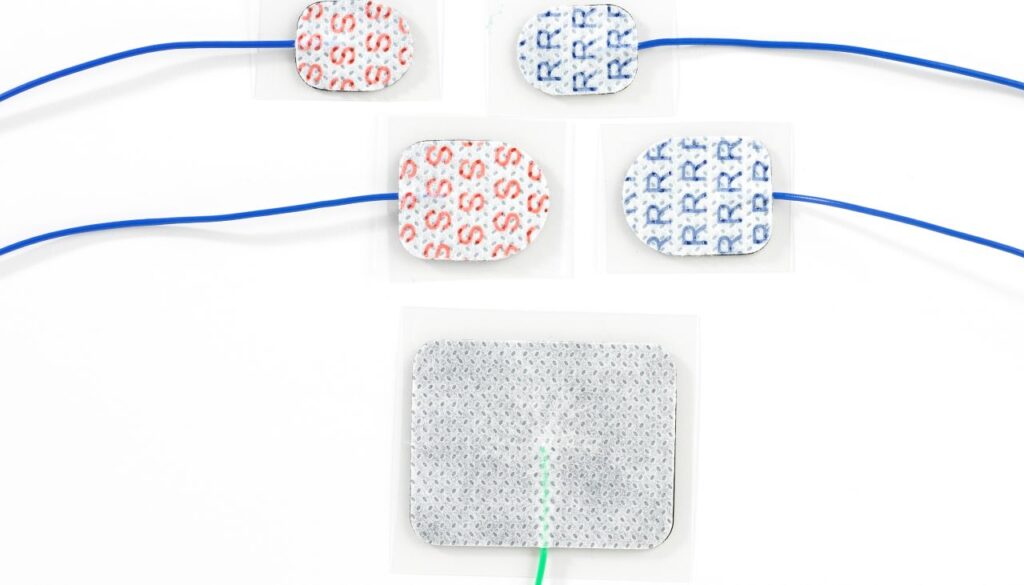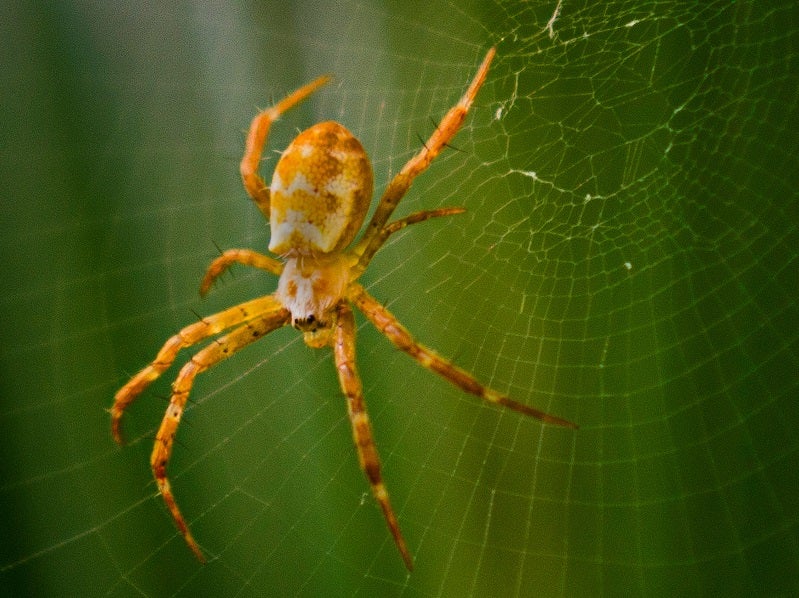
One of the most dramatic advances in medical device technologies over the past 40 years has been the development of a wettable, hydrophilic coating that can be applied to the surface of a device. Insertable devices such as implants, catheter, and guidewires need to present a low-friction surface in order to reduce or prevent inflammation and injury and maximise the patient's comfort level during use.
A hydrophilic coating can make a critical performance difference for these devices. There have been a number of key developments in the application of hydrophilic coatings for medical devices, with some new directions in the field set to occur.
Lubricious coatings for medical devices in intra-body use have seen a massive evolution since their first described implementation in the late 1970s. At that time, the coatings considered for use were essentially temporary, unanchored lubricants such as glycerine, silicone oil and even olive oil, coated onto conventional polymeric substrates. The lubricant approach has an obvious drawback, as the unattached lubricant would be expected to separate from the device through use and cause the device to lose its lubricity.
Other coating approaches of that era included the use of Teflon-like fluoropolymers, which have the substantial drawback of presenting a permanently 'slippery' hydrophobic surface that was difficult for practitioners to precisely control.
Over time, the advantages of having a permanently attached coating that became lubricious only in contact with bodily fluid became evident. Such coating materials would also necessarily need to be biocompatible and antithrombogenic, as well as meet the engineering requirements for durability, low-friction performance, manufacturability and cost.
See Also:
A number of approaches have been taken to improve these attributes, which include variations on the polymers used and the attachment methods employed to bind them to the device surface.
How well do you really know your competitors?
Access the most comprehensive Company Profiles on the market, powered by GlobalData. Save hours of research. Gain competitive edge.

Thank you!
Your download email will arrive shortly
Not ready to buy yet? Download a free sample
We are confident about the unique quality of our Company Profiles. However, we want you to make the most beneficial decision for your business, so we offer a free sample that you can download by submitting the below form
By GlobalDataSynthetic hydrophilic polymers: early approaches
One of the most direct approaches for the development of an effective hydrophilic coating is the use of an inherently hydrophilic synthetic polymer such as poly-N-vinylpyrrolidone (PVP), PEO (polyethylene oxide) or PEG (polyethylene glycol). These polymers incorporate polar nitrogen or oxygen-based groups that have an affinity to water molecules in solution, and are broadly classified as 'hydrogels'.
While the application of this type of coating to a surface is usually done through a relatively inexpensive spray or dip process, the substrate to be coated may require surface pretreatment to promote adhesion. Potential drawbacks of this approach are the use of organic solvents in the coating process, which must be completely removed in the final coated product, and the capital expense involved in plasma processing equipment used in surface pretreatment.
One of the additional advantages of using hydrophilic polymers as surface modifiers is their resistance to protein absorption. In the case of PEG, this anti-protein surface property results from steric repulsion between the long, bulky PEG chains anchored to the substrate surface and protein molecules. The constant motion of the sterically hindered chains effectively presents a 'wall' that prevents protein attachment to the device surface, while allowing water molecules to inhabit the free volume between the chains.
To be effective hydrophilic coatings, PEG and the other types of hydrophilic polymers must be moderately cross-linked; if they are too highly cross-linked, they are unable to absorb.
Conversely, if the cross-link density is too low, the polymers lose their mechanical integrity and essentially dissolve in solution. In a sense, water functions as a plasticiser for these materials, and a careful balance must be struck between the required hydrophilic character and mechanical performance in a particular application.
The most common complaint involving hydrophilic synthetic polymers as coatings relates to their durability and longevity, because they can be easily removed or dislocated through mechanical abrasion. Efforts to increase the adhesive character of these coatings have led to the development of several different attachment methods, as described below.
Another approach employed to improve the durability of hydrophilic coatings involves the incorporation or blending of a hydrophilic coating directly into a polymer, typically a polyurethane, during the production process.
Examples of this technique include high-molecular weight PEO incorporated into a polyurethane matrix for controlled lubricity as well as poly (n-vinyl lactam) blended with a thermoplastic polyurethane. While these efforts have been associated with an overall improvement in durability, the relatively narrow window for simultaneous processing of the blended materials limits their widespread use.
A related stabilisation technique involves the formation of an interpenetrating polymer network (IPN) on the substrate surface. An IPN is essentially a mixture where long-chain hydrophilic polymers become physically entwined with the surface layer of another polymer system, with each component being cross-linked independently. IPN formation serves as a useful permanent attachment mechanism for two polymers that would normally phase separate, and allows the creation of hybrid matrices that exhibit properties of both phases.
One successfully marketed commercial product, the Hydrocath catheter (Becton Dickinson, Franklin Lakes, NJ), uses a poly-N-vinylpyrrolidone (PVP) coating on a polyurethane base.
The inability of bacteria to adhere to the hydrated surface of this polymer combination has been well documented. IPN networks containing one or more biodegradable components are also being investigated for drug delivery and tissue engineering applications.
State-of-the-art bonding
One of the most recently developed methods for the permanent attachment of hydrophilic polymers involves exploiting the photochemical properties of a class of organic molecules known as aryl ketones. These molecules, of which benzophenone is an example, can be employed as a 'bridge' to covalently bind a hydrogel to a polymeric surface when activated by UV irradiation. This versatile process allows varying degrees of immobilisation for the hydrogel on the surface of the device, and also allows the creation of matrices with 'tunable' properties through selective stepwise modification of the endgroups attached to the photoreactive bridge molecules.
For example, PEG can be bound onto the surface of a polymeric substrate that has already been partially functionalised with heparin, producing a combination coating that is both lubricious and more antithrombogenic than a stand-alone PEG coating.
The photochemically induced covalent bonding technique has been successfully demonstrated to produce a hydrophilic surface modification for a wide variety of substrates, such as silicone rubber, polypropylene (PP), polysulfone (PSF), polyvinylchloride (PVC), polystyrene (PS), polyethylene (PE), polycarbonate (PC), polymethylmethacrylate (PMMA) and polyurethane (PU).
From a processing perspective, this technique has considerable appeal due to the fact that the UV irradiation process can be completed within seconds, which allows high throughput and a relatively low cost per unit. From a performance perspective, these immobilised coatings have been shown to be durable enough to survive sonication and physical abrasion testing. Intellectual property holders in this field include SurModics of Eden Prairie, MN (aryl ketone photochemical immobilisation technology) and DSM Medical Coatings in the Netherlands (water-based UV-cured coating materials).
Another promising technology for hydrophilic coatings involves the use of a naturally occurring biopolysaccharide called hyaluronan. Hyaluronan is part of a class of polysaccharides called glycosaminoglycans (whose other members include heparin), which are currently being investigated for use in a wide variety of medical applications.
While hyaluronan itself has already been approved for use in ophthalmic surgery and for arthritis treatment, its main attraction for the coatings community lies in its remarkable hydrophilicity; in solution, it forms a stiff helical configuration that can hold as much as 1,000 times its weight in water. Biocoat of Horsham, PA holds several patents for the use of hyaluronan as a hydrophilic coating and serves as a licenser of the technology.
A typical device implementation consists of a hyaluronic acid layer covalently bonded onto a polyacrylate base coat. This two-layer coating is applied through a dip or spray process onto the substrate and heat cured at relatively moderate temperatures (60–70ºC).
Biocoat claims this process offers significant cost savings relative to photoimmobilised coating systems, and has been successfully employed on silicone, PVC, PMMA, PET, PP and PE substrates, although surface plasma treatments may be required to meet adhesion targets.
Nevertheless, SurModics also holds patents on a photochemical immobilisation method for covalently bonding a functionalised form of hyaluronan to a substrate surface. Regardless of the application method, hyaluronan can serve as a durable, lubricious coating that by its very nature is biocompatible. Its ability to be readily derivatised should allow its use in a variety of surface applications.
Surface treatment optimisation
The research and development efforts for hydrophilic coatings have driven substantial progress over the past 40 years. Device designers now have a variety of effective synthetic and naturally derived coating systems to choose from, and several different ways to bind them to the target substrate. The selection of coating material and binding method is necessarily dependent on the functional requirements of the device as well as manufacturing cost, and as with many other aspects of device development, there is no 'one size fits all' approach.
Continued development of coating technology should allow the further optimisation of device surface properties that provide not only provide lubricity and ease of handling, but increased antithrombogenicity as well as resistance to bacterial and protein attachment.







